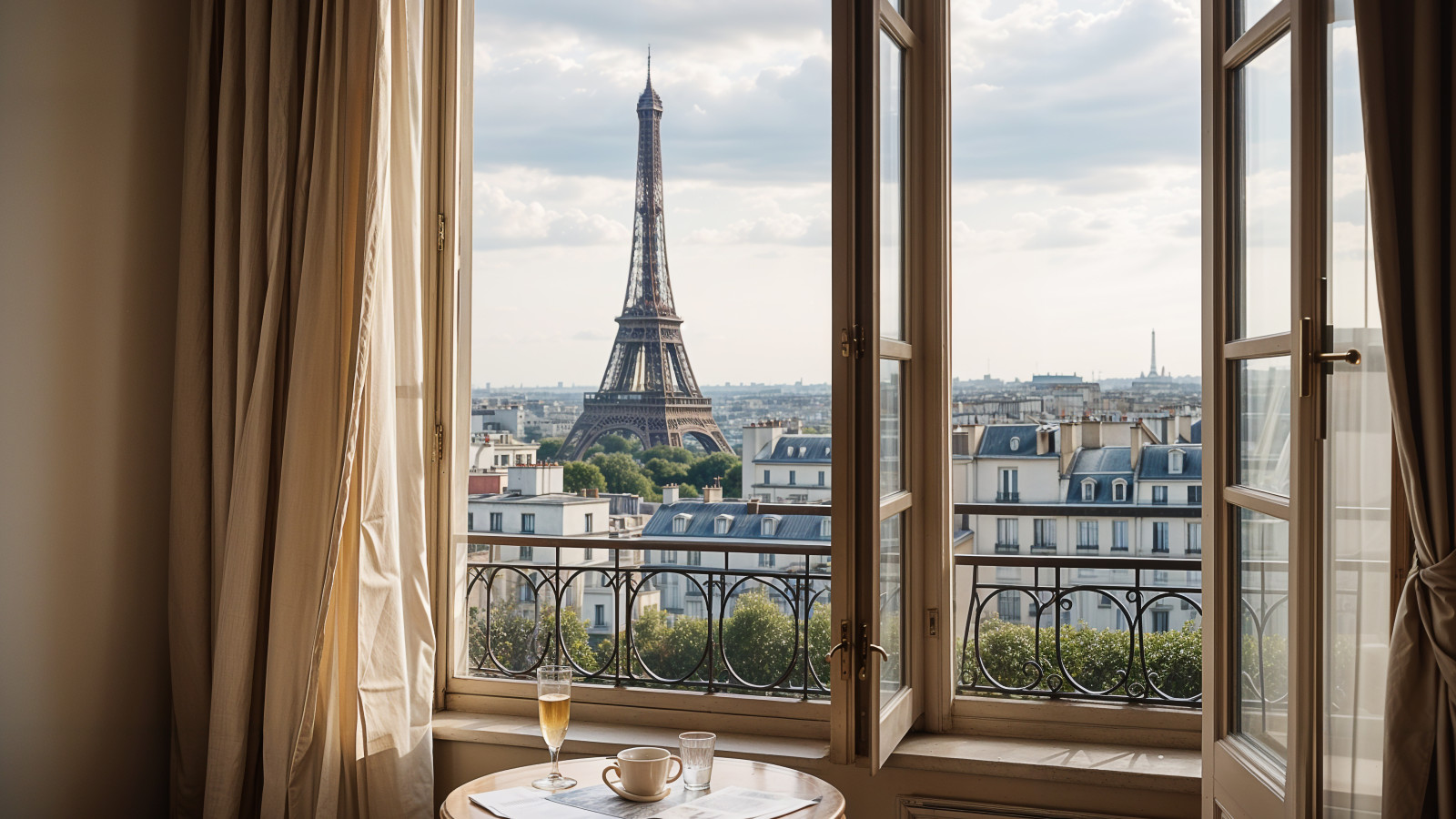
Built to inspire. Easy to customize.
Hotel stars abroad: What luxury really means in Europe

One of the great joys of traveling in Europe is discovering the subtle—and not-so-subtle—differences from life back home. Hotel star ratings are a prime example. While U.S. travelers may associate stars with subjective quality assessments, in Europe, a 4- or 5-star designation typically reflects a specific checklist of objective criteria.
Luxury in the U.S. often centers around abundance: oversized rooms, multiple restaurants, and a “whatever, whenever” service philosophy. In Europe, however, luxury may instead highlight historical charm, boutique character, and a deep connection to local culture—even if that means forgoing certain American-style amenities.
In the U.S., travelers are likely familiar with star and diamond ratings from commercial entities like AAA and the Forbes Travel Guide, which claims to recognize properties that “deliver an outstanding experience.” While these systems cite specific standards, their criteria can be opaque—and rankings are often touted in press releases as PR victories.
By contrast, European hotel stars are largely a matter of regulation. Twenty-one countries follow the nonprofit Hotelstars Union system, developed by HOTREC, which rates hotels based on up to 247 published criteria—everything from 24-hour reception and in-room safes to turndown service and fresh flowers. These standards are available publicly and are regularly updated to reflect evolving traveler expectations.
Although countries like Italy, France, and Spain operate outside the Hotelstars Union, their rankings are still administered by official tourism bodies using transparent checklists. In Italy, for instance, the Ministry of Tourism mandates that 4-star hotels have parking equal to at least half the number of rooms, while 5-star hotels must have front desk staff fluent in at least three languages.
European hotel rooms are generally smaller than those in the U.S. According to hotel platform SiteMinder, five-star rooms in Europe must be at least 18.5 square meters (about 200 square feet)—or 17 square meters in parts of Spain—compared to the 400 square feet often expected in U.S. luxury hotels.
European properties, especially those housed in historic buildings, may also have quirks like sloped ceilings, compact bathrooms, or unusual layouts. These distinctive features often reflect the character of the destination—and align with the cultural emphasis on exploring the surrounding city or enjoying shared hotel spaces like libraries, terraces, or rooftops.
Service in European hotels tends to be polished and personalized, though more formal than what many U.S. travelers might expect. In smaller properties, the same staff member may handle check-in, help with luggage, and act as a concierge. Even in large hotels, travelers may encounter less overt friendliness and more understated professionalism.
The Hotelstars Union requires five-star hotel beds to be 180 centimeters wide (roughly 71 inches)—smaller than the U.S. king (76 inches). Beds may also be slightly shorter. Rooms with two twin beds are common and are often pushed together to create an almost-king size, though U.S.-style rooms with two queen beds are rare.
Double vanities and central air-conditioning aren’t standard, especially in Alpine or northern regions. While the lack of climate control can be surprising, it often allows guests to enjoy fresh mountain air through open windows.
Rather than large gyms or chain-style buffets, many European luxury properties offer curated local experiences—like jogging maps for city explorers or hiking guides for countryside retreats. Dining is often a highlight, with an emphasis on regional cuisine and seasonal specialties. In German-speaking countries, for example, spring menus may feature white asparagus dishes.
Ultimately, travelers should know that European hotel stars don’t always equate to perceived quality. But that’s part of the appeal. As long as guests clarify must-have amenities before booking, embracing these differences can make for a more enriching and memorable stay. After all, the beauty of travel lies in its diversity—and the unexpected.